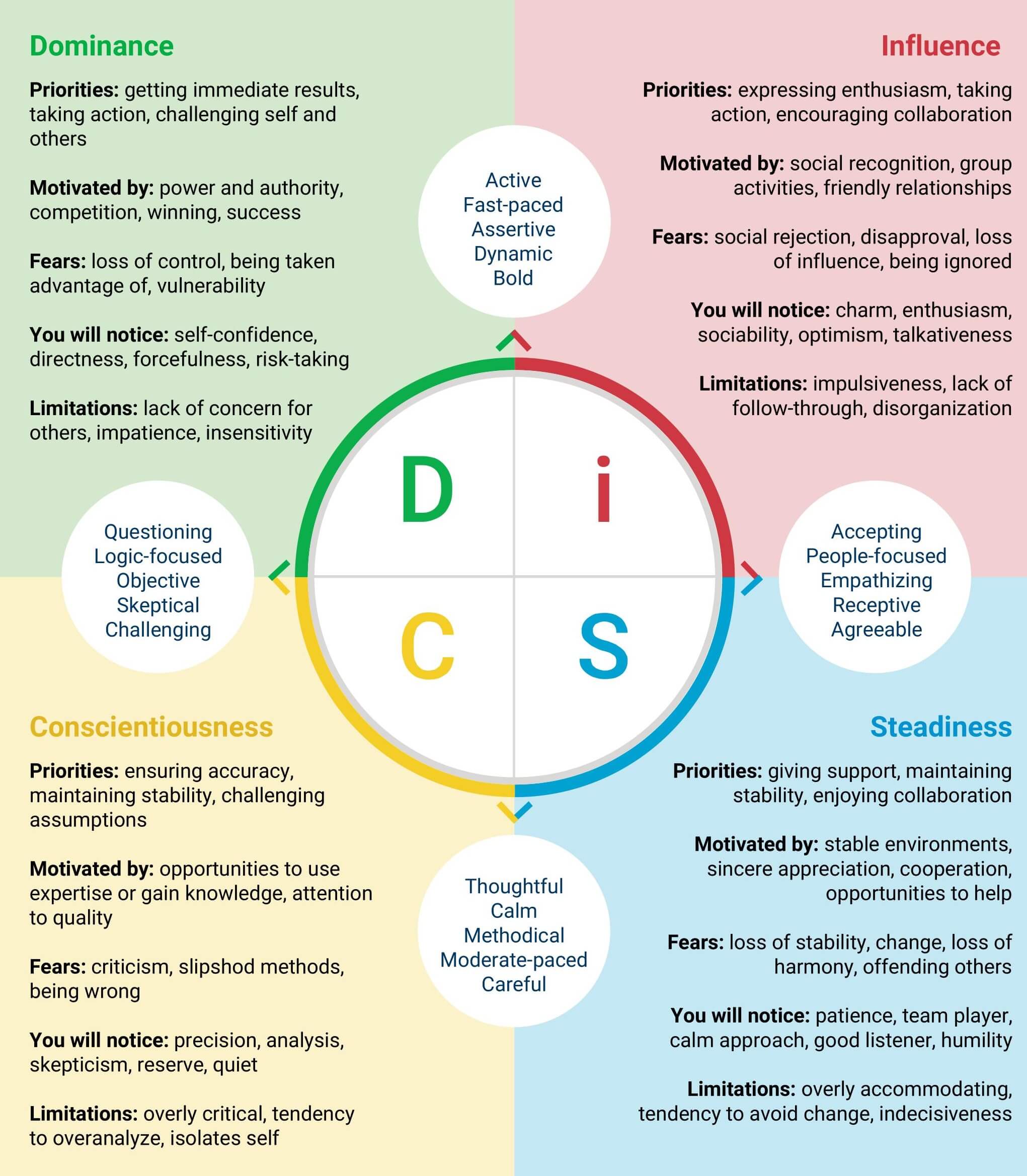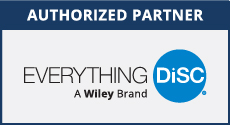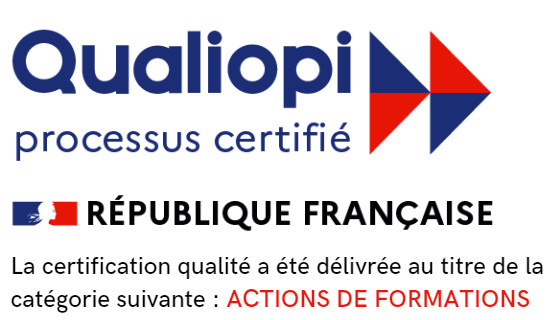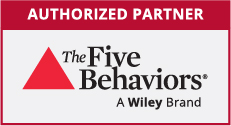To determine your profile affinity, we are going to position your behavioral comfort zone on a vertical “Action / Reflection” axis. You will be at the top if you are rapid action-oriented and at the bottom if you tend towards moderation.
In the same way, the horizontal axis distinguishes between focusing on a challenge or a relationship. Positioned more to the left, you will confront situations with wariness, even distrust. Positioned to the right, you worry less about circumstances, because you are firstly concerned about your counterparts. You clearly favor collaboration and support for others.
Taking into account the 2 axes, imagine where your 2 points join up: that will place your dot in one of the 4 quadrants: the D, the I, the S or the C.




